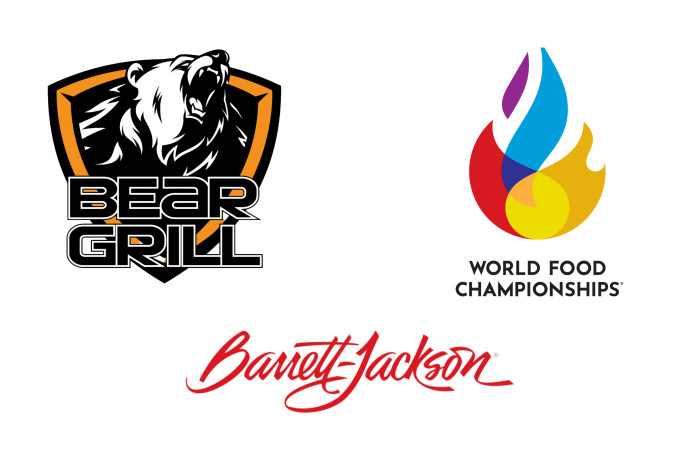National School Lunch Week (Oct. 14-18) is supposed to celebrate the benefits of healthy school meals. But sadly, there’s very little to celebrate, in my view.
In 2023, the National School Lunch Program (NSLP) served 4.6 billion lunches. That makes schools the busiest restaurant in America — but they’re more like America’s busiest fast food restaurant.
I reviewed public and private school lunch menus in Erie County and found few healthy foods. Instead, I found corn dogs, Dorito tacos, fries, loaded nachos, Domino’s pizza, and many kinds of breaded chicken.
School breakfasts, offered free of charge to all Pennsylvania students, are no better, in my view. Offerings include Froot Loops, Lucky Charms, doughnuts, sprinkle-filled pancakes, and cinnamon buns.
At times you’ll find healthier options like eggs or salad. But few children will choose them over heavily marketed, highly addictive ultra-processed food.
Sugar, preservatives, dyes
And most menu items are indeed ultra-processed foods. You know these nutrient-poor, factory-made foods when you see them: long lists of unrecognizable ingredients, eye-catching packaging, and nothing resembling real, whole foods. Any nutritional value typically comes by adding in synthetic vitamins.
A big issue with ultra-processed food is that it’s often loaded with sugar — sometimes shockingly so. One serving of blueberry bread at my child’s elementary school has 24 grams of added sugar. That’s more sugar than many candy bars contain — and only one gram less than the American Heart Association says adult women should consume for the entire day. Choose chocolate milk (available every day for breakfast and lunch), and a child as young as 5 years old consumes more than 7 teaspoons of added sugar before the first bell rings.
School meals also contain problematic preservatives, dyes, and artificial flavors. One example is BHT, a preservative that’s banned in many countries due to research showing it causes thyroid changes and tumors.
The petroleum oil-based food dyes are another cause for concern. Artificial dyes like Red 40, Yellow 5, and Blue 1 have been linked to hyperactivity and other behavioral issues in children. Red 3 has been shown to cause cancer in animals.
Many countries ban these dyes or require warning labels on products containing them. Kellogg’s makes cereals with natural dyes for overseas customers while putting artificial dyes in cereals for their fellow Americans. In September, California banned six of the worst dyes in public school meals. Every state should immediately follow their lead.
Today, American kids get 67% of their calories from these ultra-processed foods. And it’s worse among low-income kids, who rely the most on school meals. This is especially concerning in Erie County, where the poverty rate exceeds the national average and seven of the lowest-income school districts provide free school lunches.
How we got here
School lunches weren’t always like this. When the NSLP was started in 1946, it was in response to the many malnourished Americans rejected for military duty. It served whole foods made from scratch until budget cuts in the 1980s forced a reduction in nutritional standards. The switch to ultra-processed foods happened soon after.
A preponderance of research not funded by the food industry shows that ultra-processed food is a major contributor to poor health. It’s unhealthy — and it’s engineered to make you overeat.

Food scientists create hyperpalatable combinations of fat, sugar, salt, and flavor enhancing additives that don’t exist in real foods. Your brain’s reward system becomes hijacked, creating compulsive eating patterns. (They weren’t lying when they said “betcha can’t eat just one.”)
This isn’t surprising considering the history of ultra-processed food. After the tide turned against smoking, cigarette companies Philip Morris and R.J. Reynolds acquired Kraft, General Foods, and Nabisco in the 1980s. They then got to work creating a new addiction market, as I see it.
Though the tobacco giants eventually divested from food, they left behind a familiar playbook: target children so taste preferences and brand loyalty form early, deny the addictive nature of their products, deflect blame by emphasizing personal responsibility, fund favorable research, lobby politicians, and introduce “healthier” products (like the “whole grain” Pop Tarts served for breakfast every day at my child’s school).
‘A disaster’
This tsunami of low-quality food into the American diet has been a disaster for kids’ health. One in three kids is now overweight or obese — a rate that’s more than tripled since the 1970s.
Doctors no longer use the term “adult-onset diabetes” since so many children suffer from Type II diabetes. Fatty liver disease, an ailment that was rarely seen outside of late-stage alcoholics, is also skyrocketing among kids. I believe the refusal to address the root causes of American kids’ ever declining health is a moral stain on America.
Every parent I talk with wants the USDA, which sets school lunch guidelines, to do something. Instead, they continue to count fries and pizza sauce as vegetables and to allow an unlimited amount of sugar in any meal.
A call to action
While we wait (and wait) on the USDA, our best bet is to create change from the bottom up. Individual districts can start by setting sugar limits on meals; saying “no” to foods containing dyes; establishing a Pennsylvania Farm to School network that connects cafeterias with local growers; banning fast food partnerships; and starting school gardens like the Erie School District’s Farm to School program.
Ultimately, schools must return to nutrient-dense food prepared on premises. It’s how we used to do it and how most countries (including ones far less wealthy yet far more healthy than ours) do it. Eat Real is an organization that’s helped more than 600 U.S. schools put real food back on menus since 2019. Their program is free of charge to any public school.
Parents can help by speaking to local school boards, joining school wellness committees, and contacting elected officials. At home, teach kids how to identify and cook nutritious foods.
Related: One in five Pa. youth say they’ve worried about food running out at home
Processed food will never set kids up for a successful day at school — or for a long, healthy life. The current state of the NSLP is a travesty. It can and must return to serving nutritious food. Only then will we have something to celebrate during National School Lunch Week.
Amanda Austin, of Millcreek, is a mom, small business owner, and advocate for healthy food.
This article originally appeared on Erie Times-News: Opinion: Sugar, ultra-processed junk food don’t belong in school lunch















